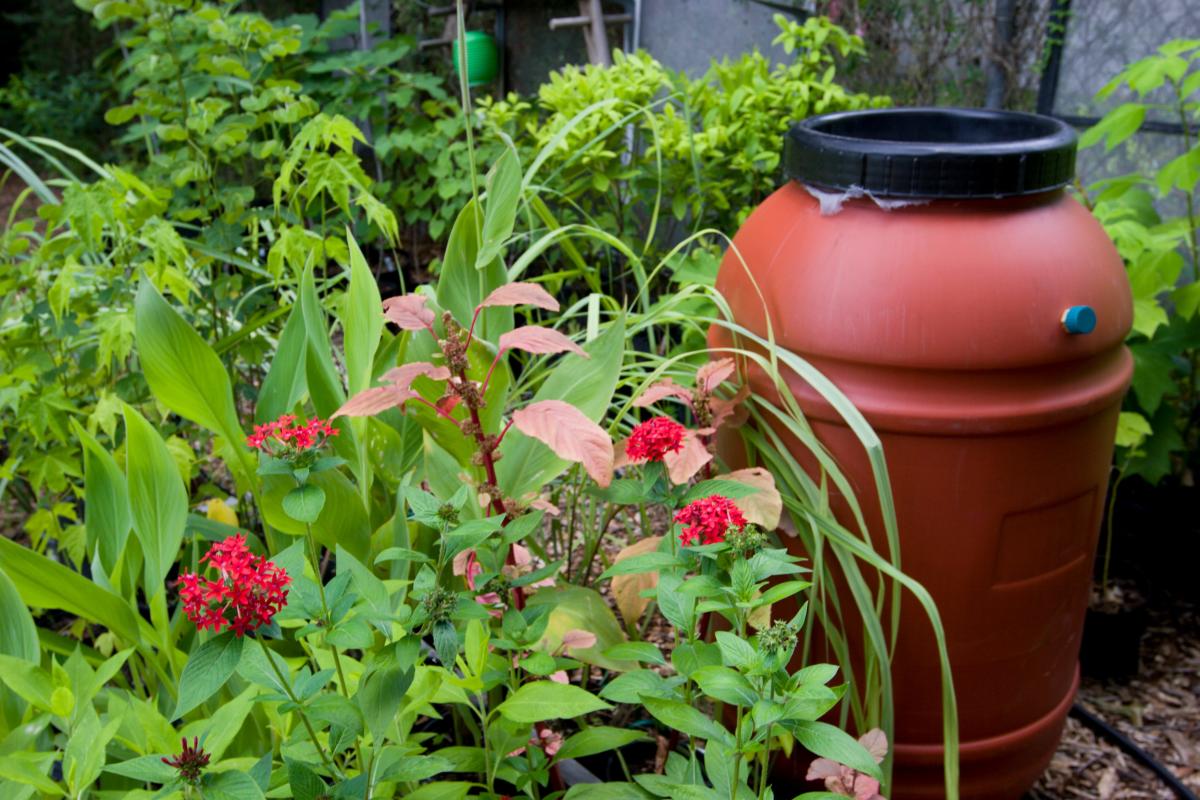In recent weeks, parts of Jacksonville have been experiencing urban flooding, forcing people in my neighborhood, Springfield, to move their cars to higher ground blocks away. Drivers have had to find alternate routes home as streets become impassable. A video of cars driving through floodwaters has circulated on social media, reaching as far as the neighborhoods of San Marco.
This was only after two days of rain. Milli Vanilli and others might “blame it on the rain.” But was it really the rain’s fault?
Urban flooding is caused by excessive runoff from developed areas where the water has nowhere to go and drainage systems are overloaded. Roofs, parking lots, and streets prevent the rain from soaking into the ground and instead it goes into storm drains and channeled creeks until they fill and overflow. It doesn’t take a hurricane to cause this. My rain gauge showed 5 inches of rain one day and 4 inches the next day with no tropical system in sight.
Now more than ever, cities and residents need to make improvements to infrastructure and property to address flooding. One of the nine Florida-Friendly Landscaping Principles is “Reduce Stormwater Runoff.” Under that principle, homeowners have several tools they can use to keep stormwater off their property. The City of Jacksonville has developed a Resilience Strategy (view it at ResilientJacksonville.com) that outlines plans to address urban flooding and other issues.
Some cities use very large cisterns to collect rainwater, which can then be used for irrigation or even to fill fire truck tanks. Homeowners can use rain barrels attached to downspouts to collect water for their plants. A normal half-inch of rainfall will fill a 50-gallon barrel. I have a friend whose back patio would often overflow. After she installed a barrel near the downspout closest to the patio, it stopped.
Installing a rainwater garden gives the water that comes out of your gutters time to soak into the ground before it reaches the storm drain. Berms installed at the property line can stop rain before it reaches the curb. Jacksonville’s resiliency plan includes bioswales, which are lowered, linear ditches for stormwater infiltration. They’re like rainwater gardens for the street.
Improved streetscapes with more trees and even permeable sidewalks are also mentioned in the city’s strategy. Homeowners can translate this into the landscape by using permeable pavers for driveways and gravel, mulch or sand-filled bricks instead of grout for paths and patios.
Connecting green spaces and parks with trails can create wildlife habitat corridors and improve water management. The Emerald Trail project offers these benefits and more. Neighbors can work together to connect spaces across their property lines for pollinator and wildlife habitat, and improved drainage.
While we’re on the subject of water, make sure your rain sensor on your irrigation system is working. While you’re at the control box, why not just turn the system off completely? If you don’t have one, get a rain gauge so you know how much water your plants are getting from the rain.
The problem of urban flooding will only get worse if we do nothing. However, upgrades to public infrastructure combined with residents doing their bit in their own gardens will have a big impact.
Tonya Ashworth is an extension officer and coordinator for the Environmental Horticulture Department and a Master Gardener at UF/IFAS in Duval County.
This article originally appeared on Florida Times-Union: How to Fix Urban Flooding? Here Are Some Suggestions
